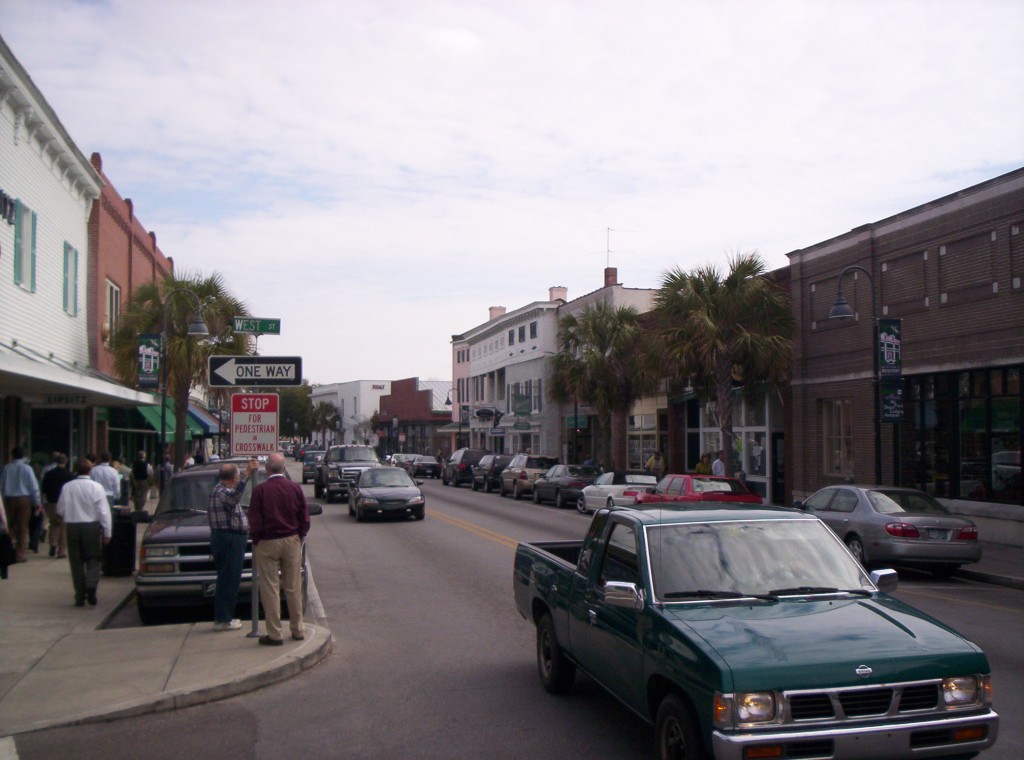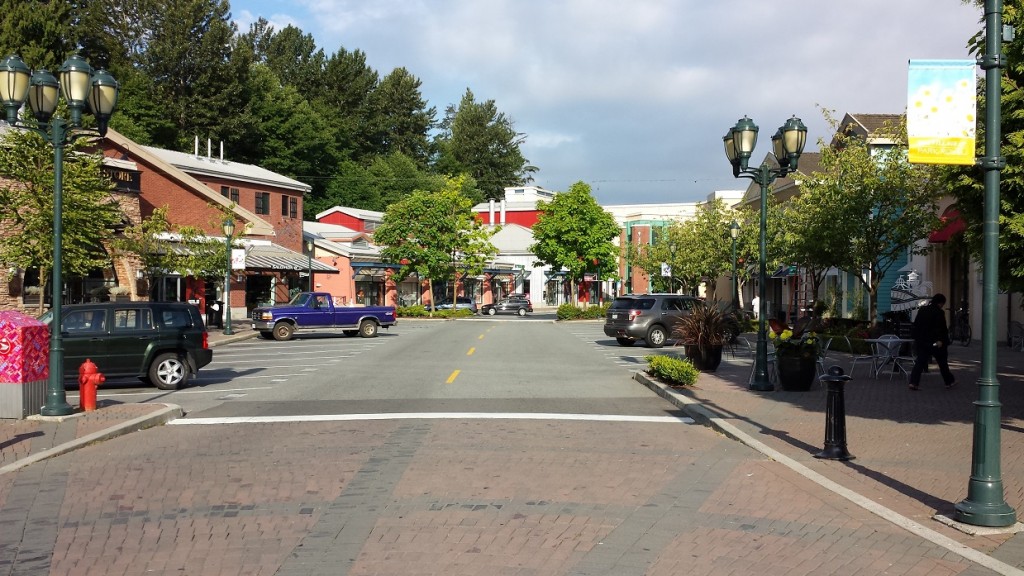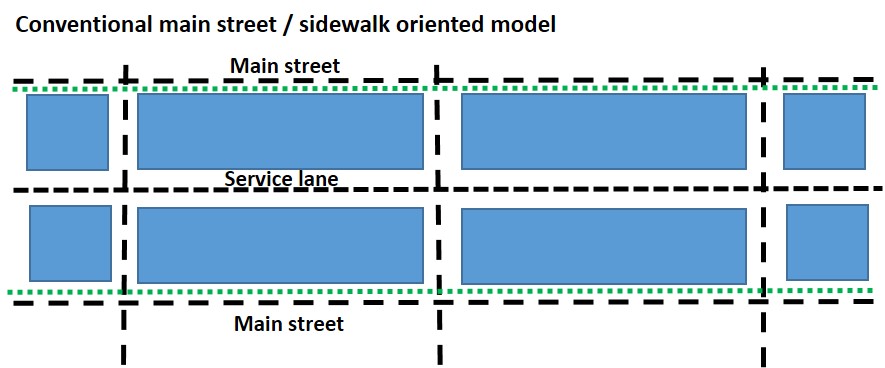Small communities want to grow and be successful, but they also have visions of being an ideal small town, with a great main street. Many communities invest in great plans and infrastructure for a new “main street” with 3-5 storey mixed-use buildings with great street frontage, cafes, stores spilling out on to the sidewalk, etc… – you know the vision.
And then reality starts to settle in overtime as nobody comes forward to propose to build this vision – and the reasons are usually similar across many small communities:
- The low growth rates in most small communities mean levels of demand are too low for larger buildings. 3-5 storey buildings often bring too much new building area for office or apartments on in one building at the same time into a constrained market. Since a developer has to wait until about 85% of their building is sold before they can pay off the debts and begin to make a profit, the time it takes for the market to absorb all that space makes the financing costs and the time their capital is tied up too long. As a result, development proposals brought forward in a small community are rarely for larger mixed use buildings, and are typically smaller 1-2 storeys instead.
- Lower cost buildings with highway visibility and lots of parking are what most retailers want – and so the “strip mall” predominates across North America. In small communities, retailers and commercial tenants have difficulty affording higher density models of development – often with some percentage of underground parking. As a result, in contrast to the community dream of a traditional main street, developers continue to bring forward strip-mall like project proposals that do not focus buildings externally on the main streets, but rather internally on parking lots.
These two fundamental economic drivers confound many towns and the professionals they hire to envision a new future of economic vitality.
Fortunately, there is at least a partial solution to this mismatch between dreams and reality.
A trend in the past two decades has emerged in retail development as an alternative to a basic strip mall that both provides economic viability and a good public realm experience – which meets the goals of both the public and private sector – and that is called the “lifestyle center.”
A lifestyle center is typically an outdoor shopping center that is pedestrian oriented – often including some pedestrian-only areas and beautifully landscaped areas with cafes, public art, small plazas and other public amenities. However, the building form and parking structure responds positively to the financial logic of strip mall retail – and thus, these are often a win-win solution.
So what lessons can we learn from a lifestyle center for a small community?
The lifestyle center is typically a project done on a single piece of land by a single developer – however it offers a great example of how a small community can rethink its approach to a main shopping district or main street area it is trying to develop, across many parcels.
Typically, a community will try to force a developer to have their buildings oriented toward the street with entries off the sidewalk and have several storeys of street wall in the building– in order to recreate a sense of a traditional main street and focus the public realm along the street edge.
In contrast, the developer will often want buildings mostly oriented inward to the parking lot where customers will be coming from.
A win-win solution can include the following:
- Buildings that have a “friendly presence” to the street edge through building façade design but can have their main entrances internally off the parking and internal pedestrian area;
- A shift in focus for the public realm from the street edge to an internal pedestrian mews or greenway that connects the interior of the shopping center into a main pedestrian promenade with small plazas, sitting areas, playgrounds and cafes within each commercial project;
- A strong connection of this central pedestrian promenade concept across many parcels and blocks in a coordinated and connected way – to become and internal pedestrian street, on which the public realm is focused; and
- A weaving path of this pedestrian promenade / greenway that allows it to move organically across many development parcels to permit effective response to the floorplate needs of various retail tenants – actually thereby increasing the interest and quality of the pedestrian experience.
While the magic of a traditional main street will always be with us, and in some cases, we can build them in new development where the values are high enough to handle underground parking and expensive finishing, in much of North America, this is not the case. This alternative model then allows us to achieve the animated public realm goals and function that we are after by pursuing a traditional main street model, while meeting the needs of developers and retailers who are accountable to contemporary retail markets.



